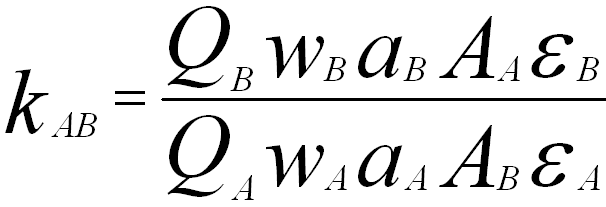EDS Quantification of Light Elements - Practical Electron Microscopy and Database - - An Online Book - |
|||||
| Microanalysis | EM Book https://www.globalsino.com/EM/ | |||||
Comparing with EDS measurements of heavy elements, more cares need to be taken when EDS analysis of light elements is performed. (see page4589) . For the elemental quantification based on low-energy x-rays, e.g. K-peaks from light elements, the k-factors depend on x-ray absorption in the detector window and within the specimen itself. Because of the inaccuracy of the absorption correction, the elemental quantification of light elements based on EDS is normally worse than that for heavier elements. Light elements such as nitrogen (N K) and oxygen (O K) are detectable with different modern EDS detectors, e.g. ultra-thin window X-ray detectors. However, an absorption correction will be needed even for the thinnest TEM specimens. Note that absorption does not only happen in the specimen itself but also in surface layers, e.g. contamination, and intentionally coated carbon and metal conductive layers, and in the detector window. In fact, the quantification for light elements is still difficult even with ultrathin window or windowless X-ray detectors because of the severe self-absorption of low energy X-rays, their poor detection efficiency, and the low fluorescence yield. Peak overlapping occurs often in EDS profiles, for instance, in some K-peaks of light elements and some L-peaks of heavier elements. This overlapping occurs within the energy resolution of EDS system. If neither a proper database nor standards are available, the kAB factors can be theoretically calculated, In Equation 3823, it is most difficult to accurately calculate Q and ε. The extraction of the kAB values for K lines above 1.5 eV in energy is in error of ~10 to 15% mainly due to the inaccurate estimation of Q. For the same reason, it is not recommended to calculate the kAB values for light elements Z < 11 or for L lines. Overall, the quantification of light elements and low energy X-ray lines is very challenging, especially for standardless quantification, because of: |
|
||||
 ----------------------------- [3823]
----------------------------- [3823]